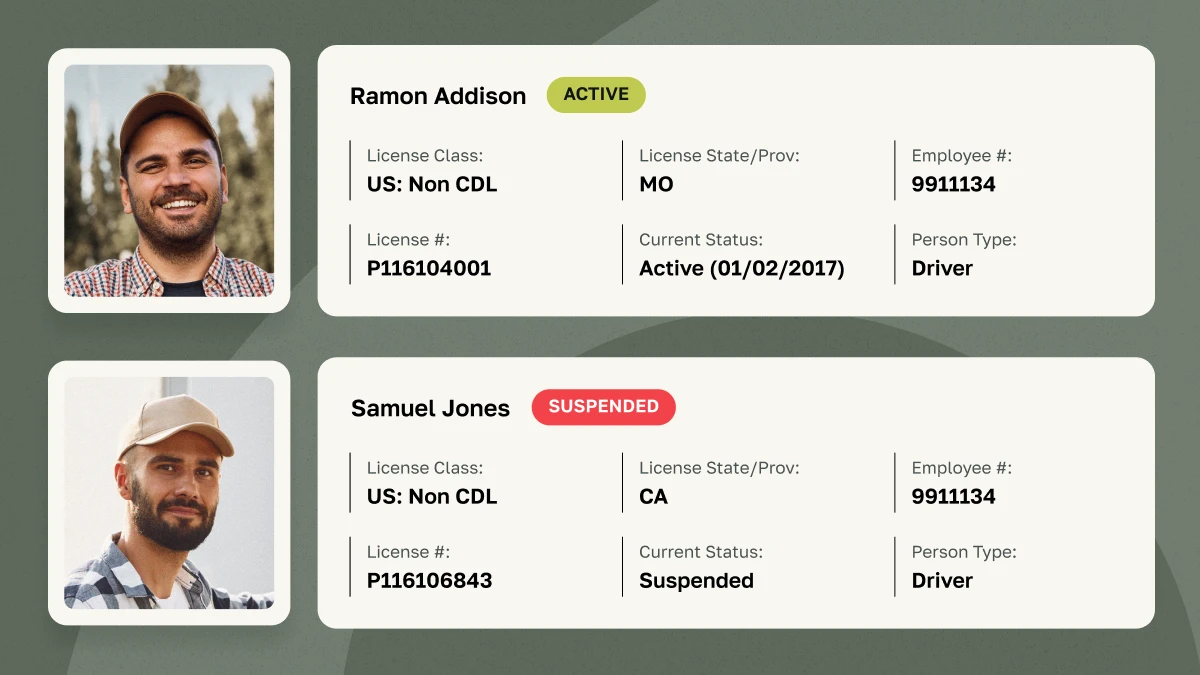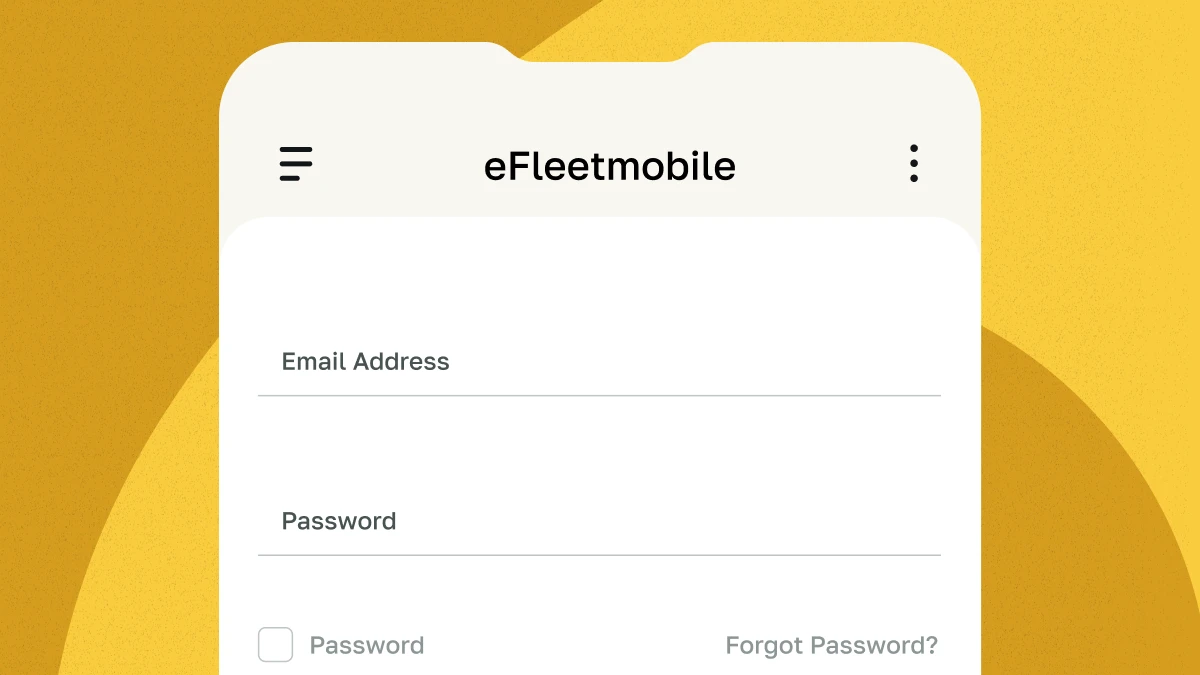
In 1886, Carl Benz applied for a patent on a gasoline-powered vehicle. Since then, auto manufacturers have been rolling out new features designed to enhance safety and comfort. Although backup cameras, adaptive cruise control, lane assistance, and other systems make drivers and passengers safer, technology is creating some unique safety challenges.
Today, human drivers have to share the road with autonomous vehicles. While advancements in automation enable these vehicles to respond to changing traffic conditions, no automated system is 100% foolproof. Whether you drive a commercial vehicle or manage a fleet, it’s important to understand the unpredictability of driving in mixed traffic.
The Impact of Autonomous Vehicles on Road Safety
Although autonomous vehicles have many benefits, their behavior may confuse human drivers. For example, a vehicle may stop instead of simply slowing down or maneuvering into another lane. Some models even engage in phantom braking, stopping suddenly for no discernible reason.
Autonomous vehicles may also make unconventional navigation choices. If a human driver sees an obstacle, they can slow down, stop, change lanes, or even alter their route to avoid potential hazards. Autonomous vehicles are only as good as their algorithms. Therefore, they may slow down when it would be better to change lanes or brake suddenly instead of navigating around obstacles.
These behaviors have a strong potential to alter driver behavior and traffic dynamics. For example, if there are many autonomous vehicles on the same road, they may cause traffic jams by stopping suddenly or driving below the posted speed limit. If an autonomous vehicle makes a mistake, it could cause an accident that ties up traffic, frustrating human drivers.
Additionally, autonomous vehicles aren’t capable of making ethical decisions. As a result, human drivers need to remain vigilant and anticipate non-intuitive actions to avoid crashes caused by autonomous vehicles.
Other Technological Hazards
Some vehicles are fully autonomous, while others are only semiautonomous. A fully autonomous vehicle is capable of assessing its environment and making decisions without human input.
In contrast, a semiautonomous vehicle automates certain driving functions under ideal conditions. For example, a vehicle with a lane-departure warning system is capable of sensing when a human driver is veering into another lane. However, it can’t drive the vehicle itself, and the person behind the wheel must remain in control at all times.
Whether vehicles are fully autonomous or not, some key risks driver must keep in mind include the following:
- Over-reliance on Advanced Driver-Assistance Systems (ADAS): In a semiautonomous vehicle, it’s easy to rely on lane departure warnings, hands-free steering, and adaptive cruise control. Human drivers who put too much faith in these systems may not pay close attention to the road, increasing the risk of crashes.
- Sensor blind spots and misinterpretations: Sensor blind spots and misinterpretations contribute to many of the errors made by fully autonomous and semiautonomous vehicles. Under ideal conditions, the sensors in these vehicles are capable of gathering accurate information about the environment. However, under extreme conditions of rain, snow, or sleet, a sensor may not be able to gather accurate data.
According to the Colorado Department of Transportation, overreliance on self-driving vehicle features often leads to complacency. Drivers with extensive experience using these features are twice as likely to engage in distracted driving. In contrast, drivers with limited to no experience using these features are less likely to get distracted. Therefore, increased comfort with built-in safety features may have detrimental effects on driver behavior.
Adapting to a Tech-Driven Road Environment
Whether you’re a fleet manager, a compliance officer, or the owner of a transportation company, you’re responsible for making drivers aware of these risks. Increase awareness by designing a comprehensive training program. A successful program typically includes:
- Role-playing scenarios. If possible, purchase software that lets you program different scenarios for your drivers. Each scenario should mimic real-life conditions as closely as possible. Make sure participants have opportunities to respond to the unexpected actions of autonomous vehicles, navigate in mixed traffic conditions, and learn how to respond to autonomous vehicle signals.
- Emergency response training. Drivers need to know what to do if a semiautonomous or fully autonomous vehicle fails. During this portion of the training program, make sure drivers have an opportunity to respond to multiple situations. You should have an expert on hand to teach them what to do if a technical malfunction occurs.
- Feedback and continuous improvement. Your drivers are an excellent source of information about local road conditions. If they provide feedback, make sure you incorporate it into future versions of the training.
- Regular updates and refresher courses. Technology changes rapidly, so it’s not enough to offer a single training course. Make sure your drivers have additional opportunities to learn best practices.
Operation Safe Driver Week (OSDW) starts on July 7, 2024, and runs until July 13, 2024. If you don’t already have plans for OSDW, consider rolling out your new training program that week. OSDW enhances safety by educating commercial drivers on how to handle the many challenges they face on the road.
Leveraging Technology for Safer Driving
Fleetworthy Solutions™ is a trusted partner in road safety and driving excellence. Our solutions monitor and analyze data, mitigating the risks associated with technological hazards. For example, real-time telematics give drivers immediate feedback about their behavior and current road conditions. Fleetworthy also has solutions to help with driver qualification file management, driver log compliance, and drug and alcohol clearinghouse management.
Adapt to an Ever-Evolving Road Environment
Technology has the potential to enhance safety, but there are also some risks associated with adding high-tech features to vehicles. The road environment also changes regularly, making it critical for drivers, fleet managers, and safety professionals to adapt to new potential hazards.
Fleetworthy is dedicated to reducing risk and increasing compliance, making our solutions ideal for companies of all sizes. Contact us today to request a demo and find out how we can help you be more proactive about safety management.











